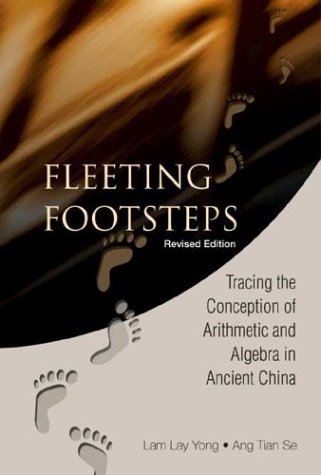

Most ebook files are in PDF format, so you can easily read them using various software such as Foxit Reader or directly on the Google Chrome browser.
Some ebook files are released by publishers in other formats such as .awz, .mobi, .epub, .fb2, etc. You may need to install specific software to read these formats on mobile/PC, such as Calibre.
Please read the tutorial at this link: https://ebookbell.com/faq
We offer FREE conversion to the popular formats you request; however, this may take some time. Therefore, right after payment, please email us, and we will try to provide the service as quickly as possible.
For some exceptional file formats or broken links (if any), please refrain from opening any disputes. Instead, email us first, and we will try to assist within a maximum of 6 hours.
EbookBell Team

4.8
44 reviewsThis book provides considerable evidence to show that the Hindu–Arabic numeral system, despite its commonly accepted name, has its origins in the Chinese rod numeral system. This system was widely used in China from antiquity till the 16th century. It was used by officials, astronomers, traders and others to perform addition, subtraction, multiplication, division and other arithmetic operations, and also used by mathematicians to develop arithmetic and algebra. Based on this system, numerous mathematical treatises were written.
Sun Zi suanjing (The Mathematical Classic of Sun Zi), written around 400 AD, is the earliest existing work to have a description of the rod numerals and their operations. With this treatise as a central reference, the first part of the book discusses the development of arithmetic and the beginnings of algebra in ancient China and, on the basis of this knowledge, advances the thesis that the Hindu–Arabic numeral system has its origins in the rod numeral system. Part Two gives a complete translation of Sun Zi suanjing.
In this revised edition, Lam Lay Yong has included an edited text of her plenary lecture entitled "Ancient Chinese Mathematics and Its Influence on World Mathematics", which was delivered at the International Congress of Mathematicians, Beijing 2002, after she received the prestigious Kenneth O. May Medal conferred by the International Commission on the History of Mathematics. This should serve as a useful and easy-to-comprehend introduction to the book.